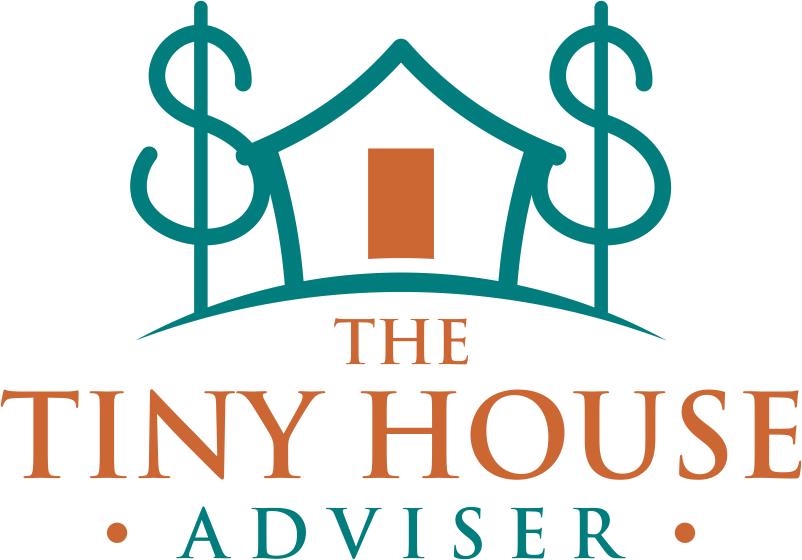EP 21: Mastering Cash Flow: Your Key to a Seamless Transition to Tiny Living
Transitioning to tiny living is more than downsizing your space—it's about transforming your financial life. Mastering cash flow is essential to making this shift smooth and successful. Let’s dive into how you can prepare financially for your “tiny pivot.”
What is Cash Flow?
At its core, cash flow is the movement of money into and out of your household. Think of it as the lifeblood of your finances—it determines how well you can meet essential needs while saving for the future. When transitioning to a tiny home, understanding your cash flow becomes even more critical, as this lifestyle often involves rethinking priorities and expenses.
Common Stumbling Blocks on the Path to Tiny Living
Many aspiring tiny homeowners hit roadblocks on their journey. One of the most significant challenges is underestimating costs, like land acquisition or utility hookups. Others struggle with budgeting for unforeseen expenses. Recognizing these obstacles early can help you stay on track.
How Tiny Living Boosts Cash Flow
Tiny homes come with significant financial perks. Lower upfront costs mean smaller loans or even the possibility of paying cash, which reduces debt. Monthly expenses like utilities and maintenance also drop dramatically. For example, a typical tiny home uses 7% of the energy of a traditional home, slashing your energy bills (source: US DOE).
Understanding Fixed Expenses
Fixed expenses, such as mortgage payments or land lease fees, remain consistent regardless of lifestyle. Identifying these costs is crucial for calculating your monthly cash flow. With tiny living, fixed expenses often shrink, but they don’t disappear. Budgeting for these ensures financial stability.
Calculating Your Cash Flow
Ready to crunch the numbers? Follow these steps:
Track all income sources: Include wages, side hustles, and passive income streams.
List fixed and variable expenses: Cover everything from rent to groceries.
Subtract expenses from income: The remainder is your cash flow.
If you’re saving for a tiny home, aim for a positive cash flow to build your nest egg faster.
Preparing for Your "Tiny Pivot"
A successful transition requires more than a solid cash flow—it’s about planning for the unique aspects of tiny living. Consider these factors:
Location: Tiny homes thrive in areas with favorable zoning laws.
Upfront costs: Budget for essentials like land, transportation, and setup.
Lifestyle adjustments: Embrace minimalism by decluttering and prioritizing needs over wants.
For example, relocating your tiny home to a rural area can save thousands on land costs, but you’ll need to factor in transportation expenses.
Conclusion
Mastering cash flow is your golden ticket to a seamless transition into tiny living. By understanding your finances, anticipating challenges, and planning for the future, you can embrace the minimalist lifestyle with confidence. Ready to take the plunge? Your tiny dream awaits!
Resources mentioned
Laura Lynch: LinkedIn
Quotes from the episode
“Cash flow is all of the money flowing into your household and all of the money flowing out of your household, and some of it is hopefully getting stuck in your household and increasing your net worth over time.” - Laura Lynch
“For what I call a tiny pivot, there are a lot of thoughts about what the budget looks like now, what the spending will look like later, what lumpy needs there are in the middle and how to pool and deploy the cash towards these important expenses both now and on the other side of your transition.” - Laura Lynch
“When making a transition to tiny, it is often different than making a transition from one house to another in the regular sense. ” - Laura Lynch
Subscribe to the podcast
Apple Podcasts | Spotify | Stitcher | Amazon Music | Google Podcasts | RSS
